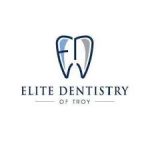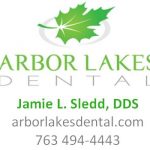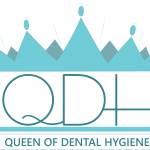
Dr. McGlennen: Tell me how you use OralDNA® salivary diagnostics.
Brooke RDH: I use OralDNA® salivary diagnostics to test new patients, patients that have clinical signs of periodontal disease, or patients with a complex medical history.
Dr. McGlennen: What are the biggest benefits to using salivary diagnostics?
Brooke RDH: The benefits of salivary diagnostics are being able to quantify periodontal disease, having something to physically show the patient about their periodontal dise...
Read More









